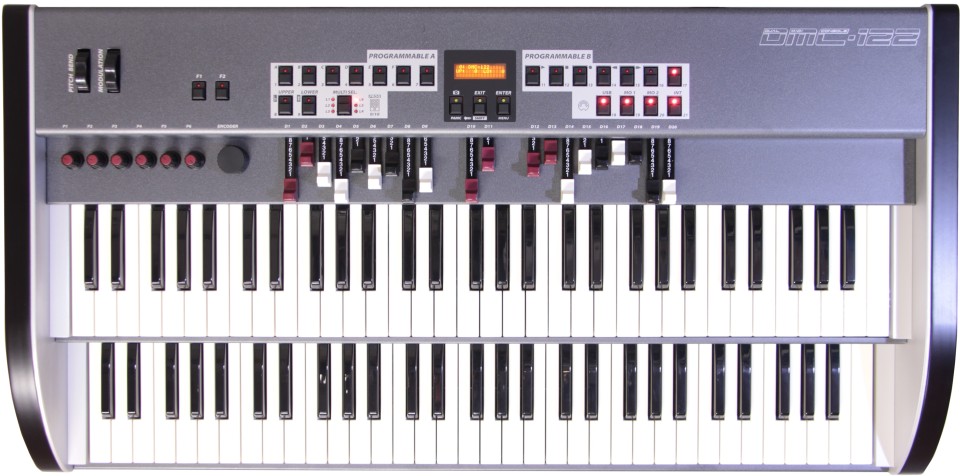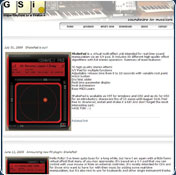


If we take two B3s from the same year they will never sound the same! In reality the Hammond has so many sound variables, due to the "physicality" of the instrument (let's remember that it is electromechanical), that it is impossible to calculate them all and they also vary from instrument to instrument. In the end there are a handful of pseudo-sinusoids that, through a mathematical algorithm, can be adjusted in volume and reach the famous 262.000.000 patches (find a workstation that has all these patches. When I was asked to review the VB3 II, as an organist I was honored and above all curious, and I immediately prepared a comparison with other similar plug-ins (Arturia, Native Instruments, Logic, etc.).Īs soon as I installed the product I had to completely change my mind: plug-ins cannot be physically compared! So what to do? The only possible solution is to compare him to his physical colleague, to a real HAMMOND B3 (Fig.2) !!!īefore starting I want to point out that the Hammond, the most sampled and cloned instrument in history, represents a real nightmare for the sound designer. We can't even talk about “differences” between the various versions, simply because they don't exist: playing both, you realize that they are two products completely unrelated to each other. The first impact of playing VB3 II immediately shows that IT IS NOT AN UPDATED VERSION OF VB3, but a Plug-in EX NOVO. New dress, improved algorithm and samples or just a big marketing operation?

Simply because the old VB3 it seemed perfect at the time and I believe it can still compete with other specific plug-ins on the instrument today! Consequently, what could a VB3 II have added to the product? Long announced, we have been looking forward to the new VB3 from GSi. Il VB3 II (Fig.1) was already a legend, even before it came out!

Scognamiglio, can you tell me when the VB3 II comes out?


 0 kommentar(er)
0 kommentar(er)
